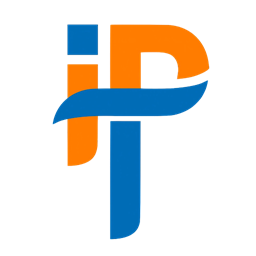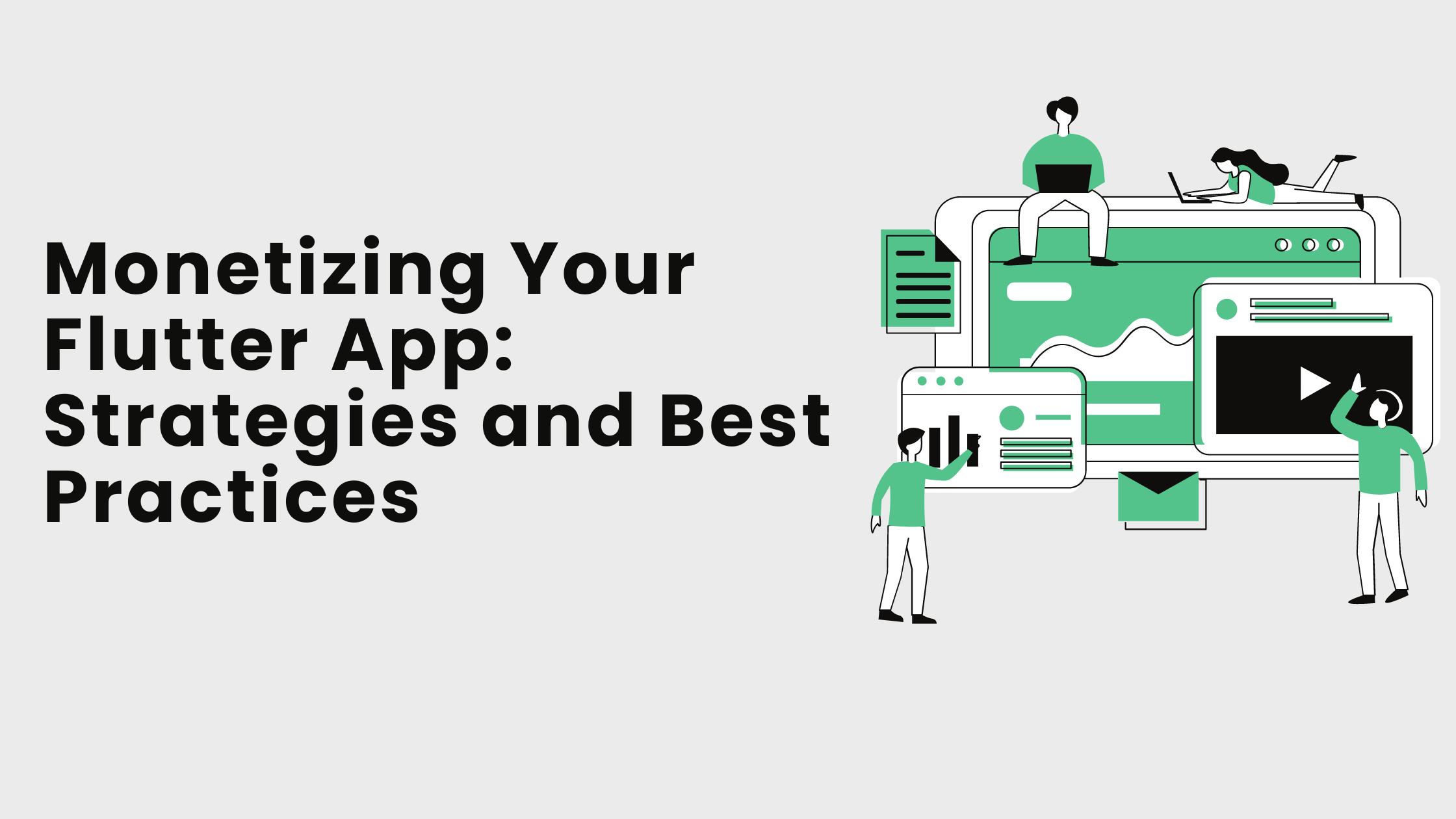Monetizing Your Flutter App: Strategies and Best Practices

IPH Technologies . Follow
3 months ago

Monetizing Your Flutter App: Strategies and Best Practices
Creating a Flutter app is just the beginning of your journey. To truly succeed, you need to consider how to monetize your app effectively. With Flutter’s versatility and growing popularity, you have numerous opportunities to generate revenue. In this blog, we’ll explore various strategies and best practices for monetizing your Flutter app, ensuring you can turn your innovative ideas into a profitable venture.
1. In-App Purchases
In-app purchases (IAPs) allow users to buy additional features, content, or virtual goods within your app. This strategy is particularly effective for apps that offer a freemium model, where the base app is free but premium features are available for purchase.
Best Practices:
- Offer valuable and enticing in-app purchases that enhance the user experience.
- Clearly communicate the benefits of premium features to encourage users to make a purchase.
- Use Flutter’s in_app_purchase plugin to integrate IAPs seamlessly into your app.
2. Subscription Models
Subscriptions provide a recurring revenue stream by charging users on a weekly, monthly, or yearly basis. This model is ideal for apps that offer ongoing value, such as content updates, exclusive features, or premium services.
Best Practices:
- Offer a free trial to attract users and give them a taste of the premium experience.
- Provide various subscription tiers to cater to different user needs and preferences.
- Ensure the subscription process is smooth and straightforward, using Flutter’s tools for seamless integration.
3. Ads and Ad Networks
Monetizing your app through ads involves displaying advertisements within your app and earning revenue based on user interactions. Ad networks, such as Google AdMob, offer various ad formats, including banners, interstitials, and rewarded videos.
Best Practices:
- Choose ad formats that complement your app’s user experience without being intrusive.
- Optimize ad placement to maximize visibility while minimizing disruption.
- Use Flutter’s firebase_admob plugin or other ad network integrations to manage and display ads effectively.
4. Affiliate Marketing
Affiliate marketing involves promoting third-party products or services within your app and earning a commission for each sale made through your referral links. This strategy works well for apps with a targeted user base interested in specific products or services.
Best Practices:
- Select affiliate products that align with your app’s content and user interests.
- Use clear and compelling calls-to-action to encourage users to click on affiliate links.
- Track performance and optimize your affiliate strategy based on user engagement and conversion rates.
5. Sponsorships and Partnerships
Partnering with brands or companies can provide additional revenue opportunities. Sponsorships and partnerships can take various forms, such as branded content, co-branded features, or exclusive promotions.
Best Practices:
- Identify potential partners that align with your app’s audience and values.
- Negotiate mutually beneficial terms that enhance both your app and the partner’s brand.
- Use Flutter to implement branded features or promotions seamlessly within your app.
6. Selling Merchandise
For apps with a strong brand or community, selling merchandise such as branded clothing, accessories, or digital products can be a lucrative revenue stream. This strategy works well for apps with a loyal user base or a strong online presence.
Best Practices:
- Offer high-quality merchandise that resonates with your app’s brand and audience.
- Create a seamless shopping experience within your app using Flutter’s e-commerce plugins.
- Promote your merchandise through app notifications, social media, and other marketing channels.
7. Data Monetization
Data monetization involves leveraging user data to generate revenue. This can include selling aggregated data insights or using data to drive targeted advertising.
Best Practices:
- Ensure you comply with data privacy regulations and obtain user consent.
- Provide users with transparency regarding data collection and usage.
- Use data insights to enhance your app’s features and user experience.
8. Premium App Versions
Offering a premium version of your app with advanced features or an ad-free experience can attract users willing to pay for an enhanced experience. This model is effective for apps that provide significant value in their premium versions.
Best Practices:
- Clearly differentiate between the free and premium versions of your app.
- Highlight the benefits of upgrading to the premium version.
- Use Flutter’s tools to manage and implement premium features seamlessly.
Monetizing your Flutter app requires a strategic approach and an understanding of your target audience. By exploring these strategies and best practices, you can create a revenue model that aligns with your app’s goals and maximizes your earnings.
For a successful monetization strategy, consider working with a Flutter App Development Company. These experts can help you implement effective monetization strategies, optimize your app’s performance, and ensure a seamless user experience. By partnering with a professional Flutter App Development Company, you can turn your app into a profitable venture and achieve your business goals.
Recommended topics
Recommended from Guest Post
Franklin Lutwyche
How to Find the Best Wholesale Jewelry Store for Accessories Wholesale
May 21, 2024Abdullah dynamicwerx
The Power of Interpretation Services in Dubai: Unlocking Global Conversations
March 13, 2024RSM Enterprises
Expert Medication for Enhancing Sensual Performance With Kamagra Oral Jelly
July 5, 2024Stephen William


